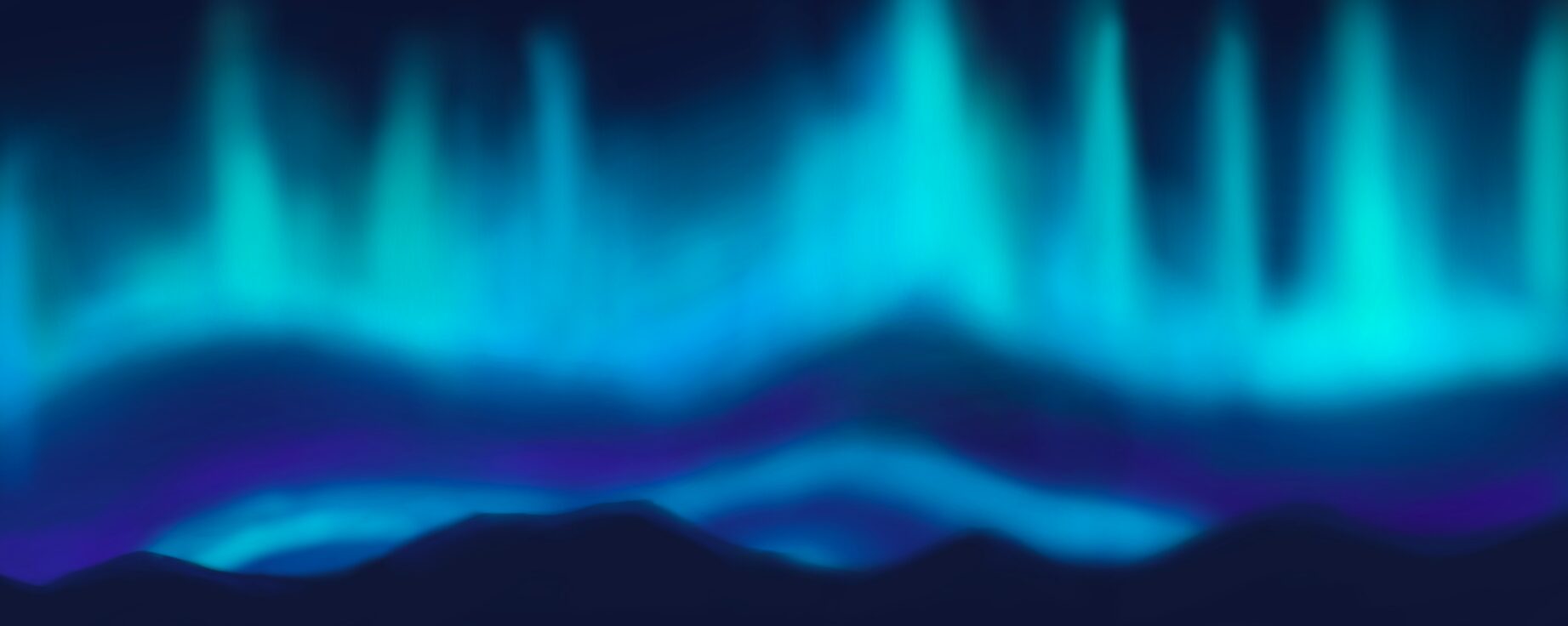On the night of Oct. 11, streaks of green, blue, and violet pierced and illuminated the night sky. The northern lights were visible not only across the U.S., but across the Northern Hemisphere.
According to NASA, when the sun and Earth’s magnetic fields collide, they disturb the magnetosphere, creating geomagnetic atoms. Then, some solar particles pass through Earth’s atmosphere and collide with the gasses in it, causing the aurora.
However, the northern lights were barely visible to the naked eye. According to EarthSky, this is because human eye cells can see “fainter light at night, but only see [the aurora] in black and white and shades of gray.” Because cameras do not have this limitation, they were able to capture the northern lights better.
Even more so, many were not aware the northern lights were happening. “I didn’t know it was happening at all,” Northwest High School junior Eileen Ember said.
Some who did see the lights were unsatisfied by them. “I was very disappointed,” Thomas S. Wootton High School sophomore Sunny Meng said.
There are multiple reasons as to why many did not know beforehand. According to Forbes, predicting when the northern lights will occur is very difficult since the geomagnetic storms only sometimes morph into versions that allow auroras to be so widely noticeable. Many were also unaware due to the lack of coverage on social media platforms. “Social media didn’t talk about it enough,” Meng said.
But, there is still hope to witness the aurora. According to BBC, next year, the sun will peak in its 11-year cycle where its magnetic poles flip and it “transitions from sluggish to active and stormy.” Consequently, there will be more occurrences of the northern lights.
If you plan to see the northern lights in the future, follow the National Oceanic and Atmospheric Administration (NOAA)’s aurora forecast. According to the NOAA, look up at the sky within two hours of midnight and at a place where you can see north for the best chances of seeing the northern lights. Also, avoid light polluted areas and cloudy skies.
Written by Anushka Gulla
Graphic by Sona Saravana
